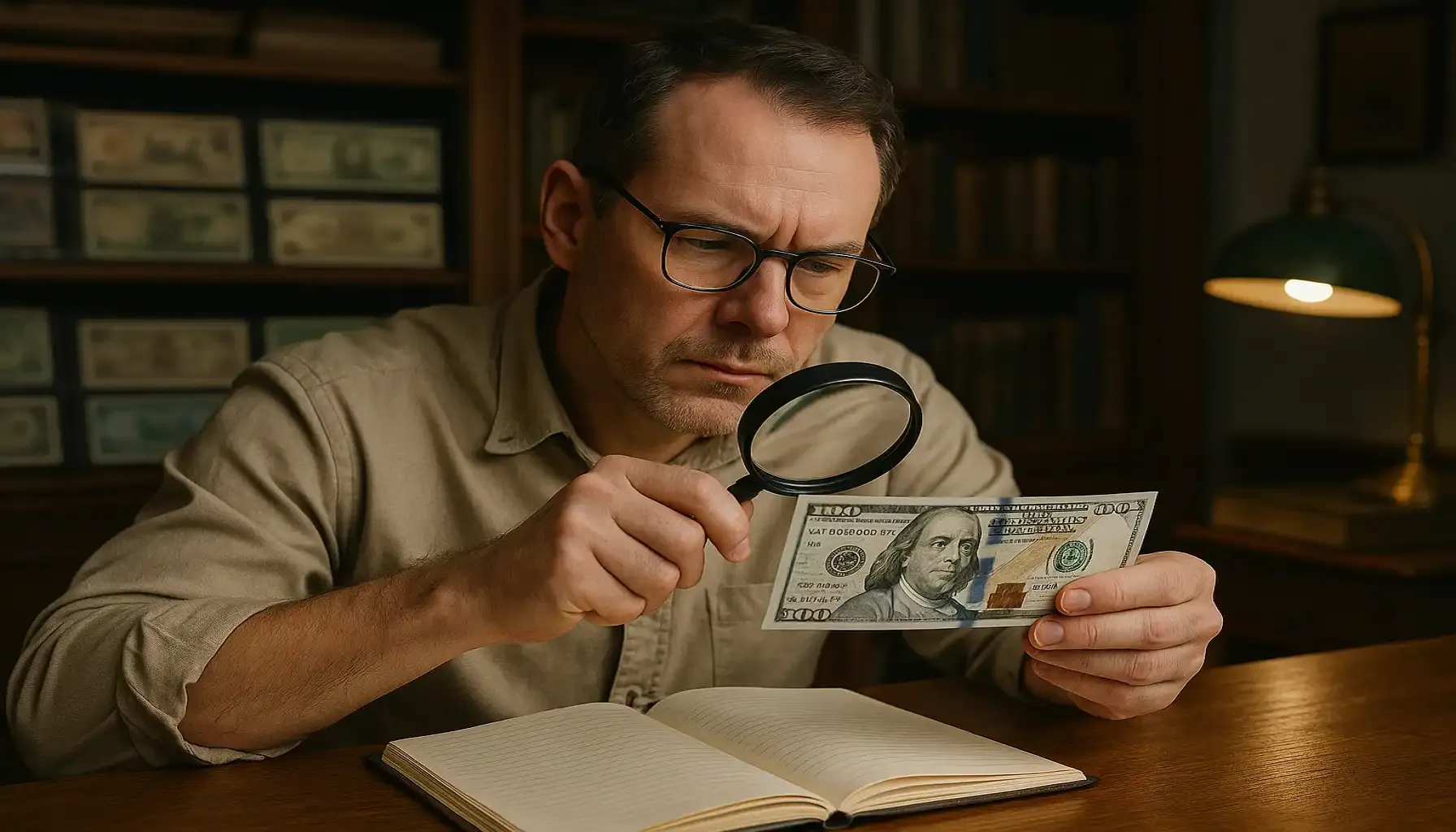Contents:
The landscape of the American currency is overly diverse and rich, continuously updating with the introduction of each new coin program in the US. It is an open secret that numismatic creations as commemorative attributes always feature some prominent figures and symbolic occasions, and Thomas Jefferson becomes a frequent guest on the surface.
In this material, we would like to explore the most recent instance released as a part of the Presidential $1 Coin Program and comprehend the real Thomas Jefferson one dollar coin 1801 to 1809 value. Cherish the history and learn from everyday things like online coin identifiers.
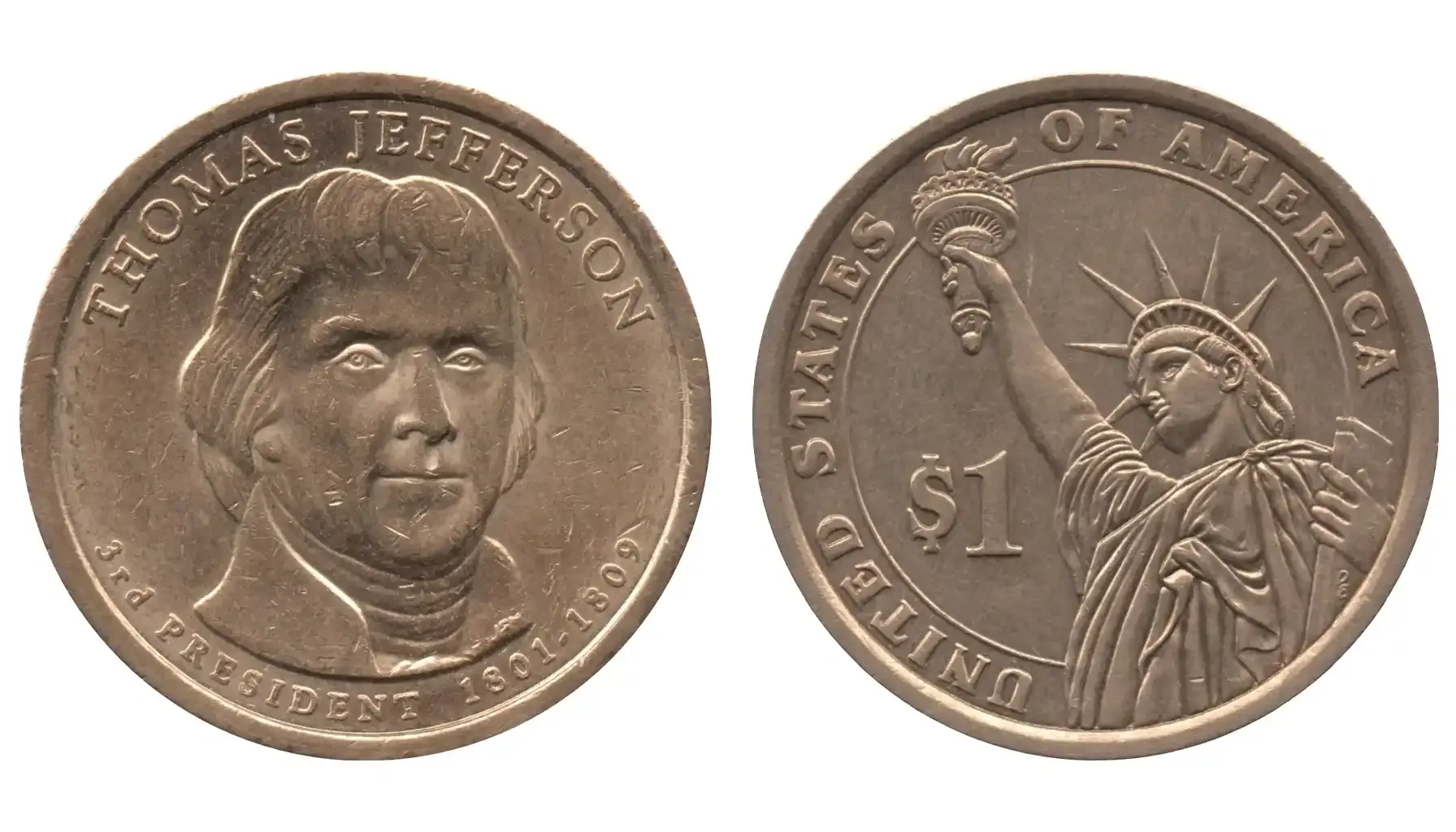
First of All: Who is Thomas Jefferson?
American history knows various episodes, both of positive and negative nature, that revealed a few influential figures that had changed the world for good, and Thomas Jefferson was indeed a member of this group. Thomas Jeffes was one of the most prominent and productive politicians known as one of the Founding Fathers, the author of the Declaration of Independence, and the third president of the US during the period from 1801 to 1809. His philosophy and aspirations turned into the foundation for the American establishment to evolve and thrive.
What is also important is that he was a person who promoted education and scientific advancements. It is undeniable that the ideas of Jefferson still live in American society and reflect its identity as liberal, democratic, and open to innovations. The personality of the third president, though, was complex either way. While Mr Jefferson is often celebrated for his contributions to human rights, he was also a slaveholder, which only complicates his legacy.
Although the true personality of Thomas Jefferson raises numerous concerns and moral questions, his contribution is immense anyway.
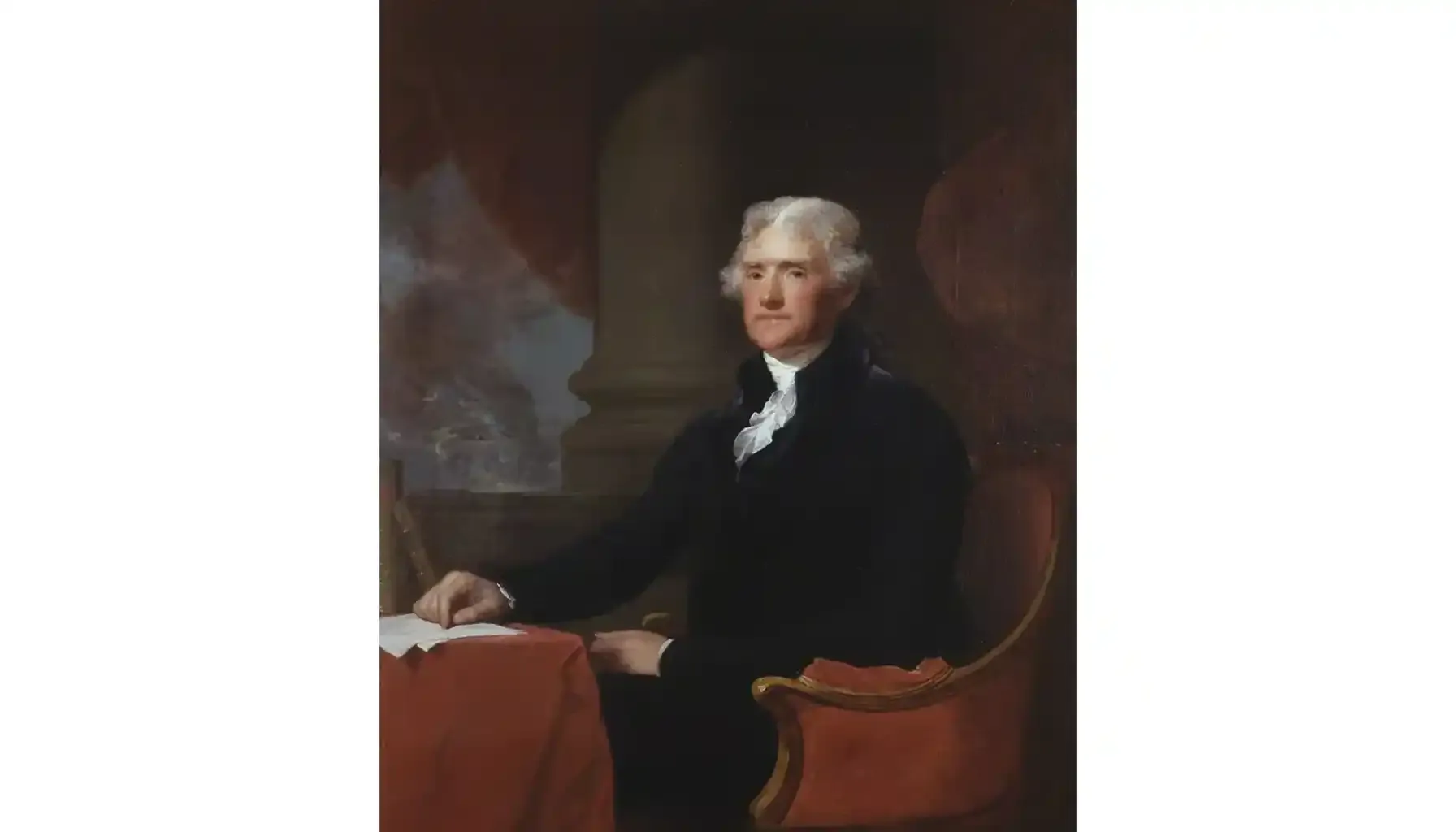
The Presidential $1 Coin Program
The American culture, however future-centric it should appear, presupposes glorifying those who promote the development of the country and its prosperity. To make it more down-to-earth yet still artistically loaded, the US Mint launched the Presidential $1 Coin program to commemorate late leaders of the country, starting from George Washington and continuing in chronological order.
Each instance has distinctive attributes that highlight its origin and identity. To be more precise, any coin belonging to the program set should feature the portrait of a president on the obverse side and inscriptions like “In God We Trust” and “E Pluribus Unum” engraved along the edge. One such example is devoted to Thomas Jefferson, a man who contributed to the establishment of American statehood.
Related article: 1926 Buffalo Nickel worth.
The Main Characteristics of the American 1 Dollar Coin Thomas Jefferson
Released in 2007, Thomas Jefferson 1 dollar coin 1801 1809 indeed demonstrates several distinctive characteristics that make it a pleasant addition to any collection (especially the one that comprises the American samples of the same type). The essential information about the Thomas Jefferson 1809 coin is represented in the following table:
Obverse Design | Designed by artist Joseph Menna, the coin's obverse side prominently displays a profile of Thomas Jefferson with inscriptions bearing his name, title as the third president, and the year of his presidency surrounding the portrait. |
Reverse Design | The reverse side demonstrates the denomination “$1” and the words “United States of America” along with the Statue of Liberty, a famous representation of freedom and democracy that embodies the principles that Jefferson advocated throughout his life. |
Edge Inscriptions | Along the edge of the Thomas Jefferson coin, there can be seen the words “E Pluribus Unum”, “In God We Trust”, the minting year (2007), and the mint mark (which indicates the place of origin, i.e., “D” for Denver and “P” for Philadelphia). |
Composition | A combination of copper, zinc, manganese, and nickel. |
Diameter | 26.5 millimeters |
Weight | 8.1 grams |
Year of Mintage | 2007 |
By the way, why do people refer to this as Thomas Jefferson 1 dollar coin 1801-1809, even though it was minted in the XXI century? The answer is rather obvious, especially for those who carefully read the article and know a bit of history. Thomas Jefferson served as the third President of the United States from March 4, 1801, to March 4, 1809. As simple as that.
For those who are still unsure how to differentiate coins and identify Thomas Jefferson 1 dollar coin properly, the industry offers various opportunities that may make this experience smoother. Coin ID Scanner is the right application to promptly receive viable information regarding each aspect of coin production, its characteristics, and worth, too. Everything can be done with just one snap! Access a large database of numismatic creations on a whim with Coin ID Scanner.
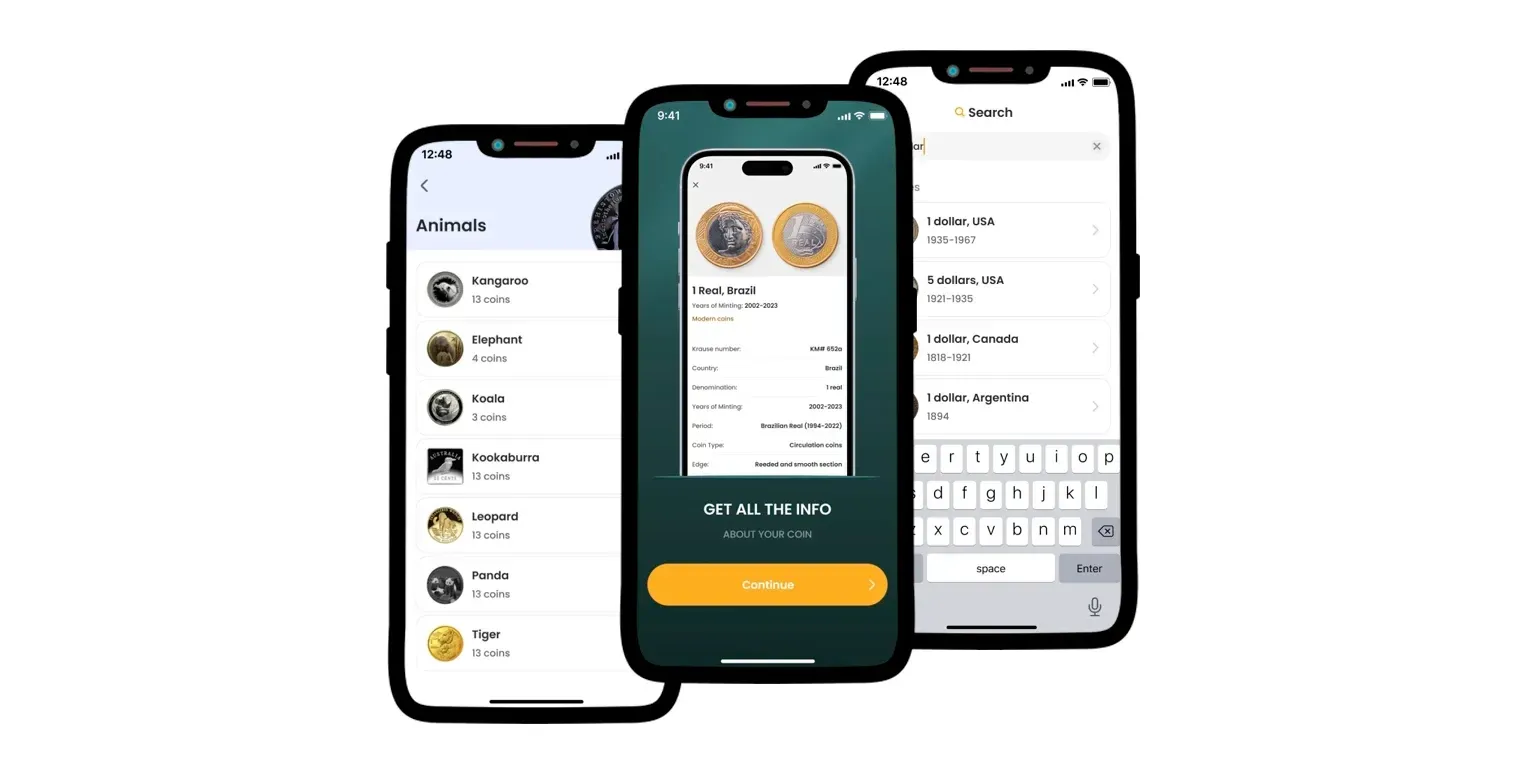
Thomas Jefferson Dollar Coin Errors and Variants
Weakly Struck Details
At times, these numismatic instances feature indistinct or missing elements, such as the Statue of Liberty or Jefferson's face on the back. Often, this comes from worn dies or inadequate minting pressure that causes these weak hits. However, these errors are not particularly common and valuable, too.
Double Edge Lettering
When the edge inscriptions are stamped twice, what happens is double-edge lettering, which produces a noticeable overlap or shadow effect. And thanks to their rarity, coins with this error might captivate the attention of collectors, especially when the repeated text is well readable.
Missing Edge Lettering
The lack of edge inscriptions is one of the most common mistakes in this coin series. In general, the edge of any numismatic creation should bear the mint year, the mintmark, "E Pluribus Unum," and "In God We Trust." Instances that lack these inscriptions are usually more expensive and, thus, prized by collectors as valuable mint mistakes.
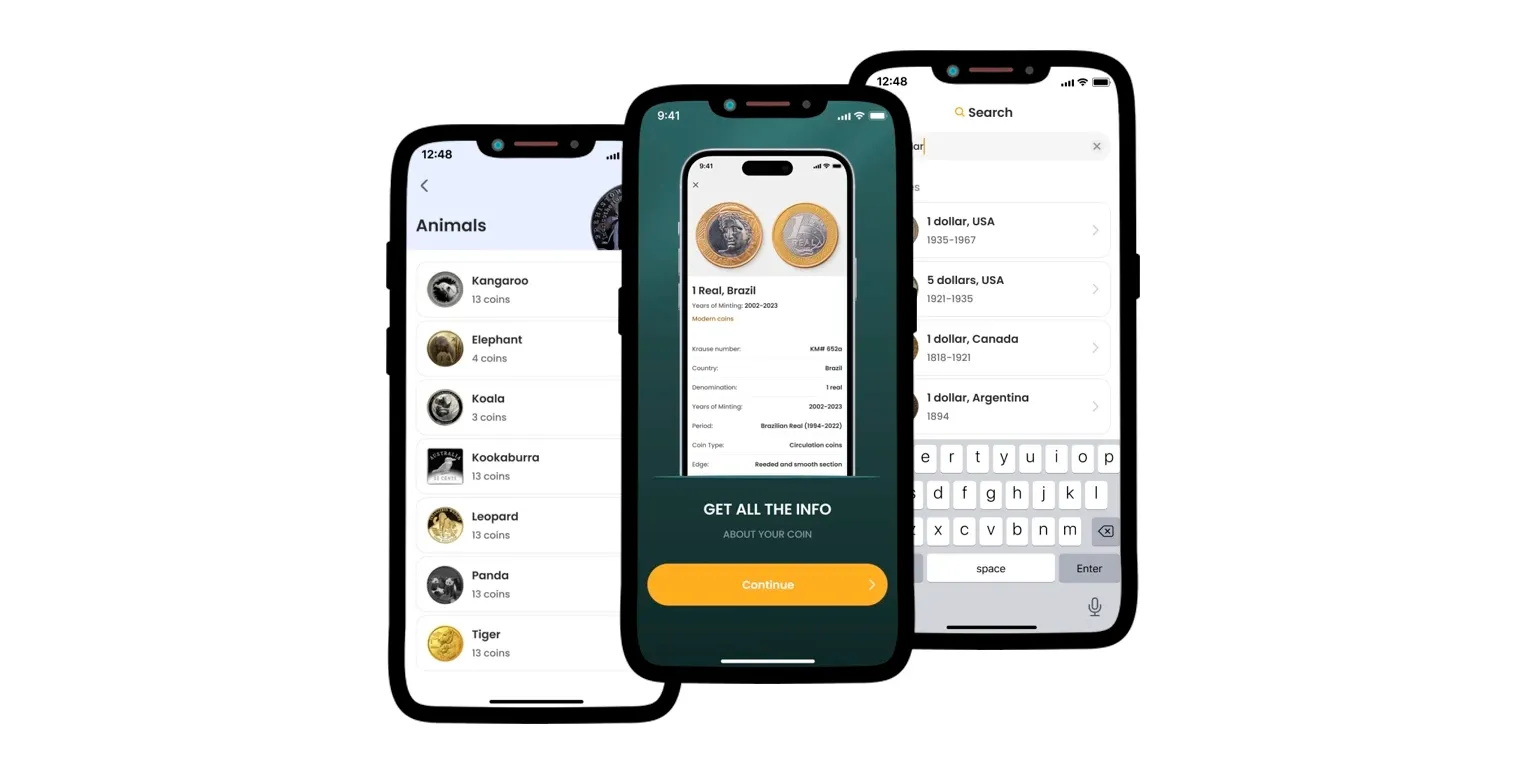
Edge Lettering Orientation Variants
Sometimes, coins may have edge texts that look upside-down when compared to the obverse and reverse designs. Nevertheless, this is not technically a mistake. This is an intriguing detail for collectors that results from the variations in the orientation of the coins during the edge inscription process.
Off-Center Strikes
When the design is misaligned, parts of the picture may appear cut off, which is to result in off-center strikes. The Thomas Jefferson coin value and rarity are determined by the degree of misalignment, which is why samples that exhibit more pronounced off-centering are more desirable.
Planchet Anomalies
Occasionally, during production, there may occur planchet defects like cut edges or oddly shaped blanks. Although they are less frequent, coins minted on defective planchets are still as valuable and appealing as other errors on the list.
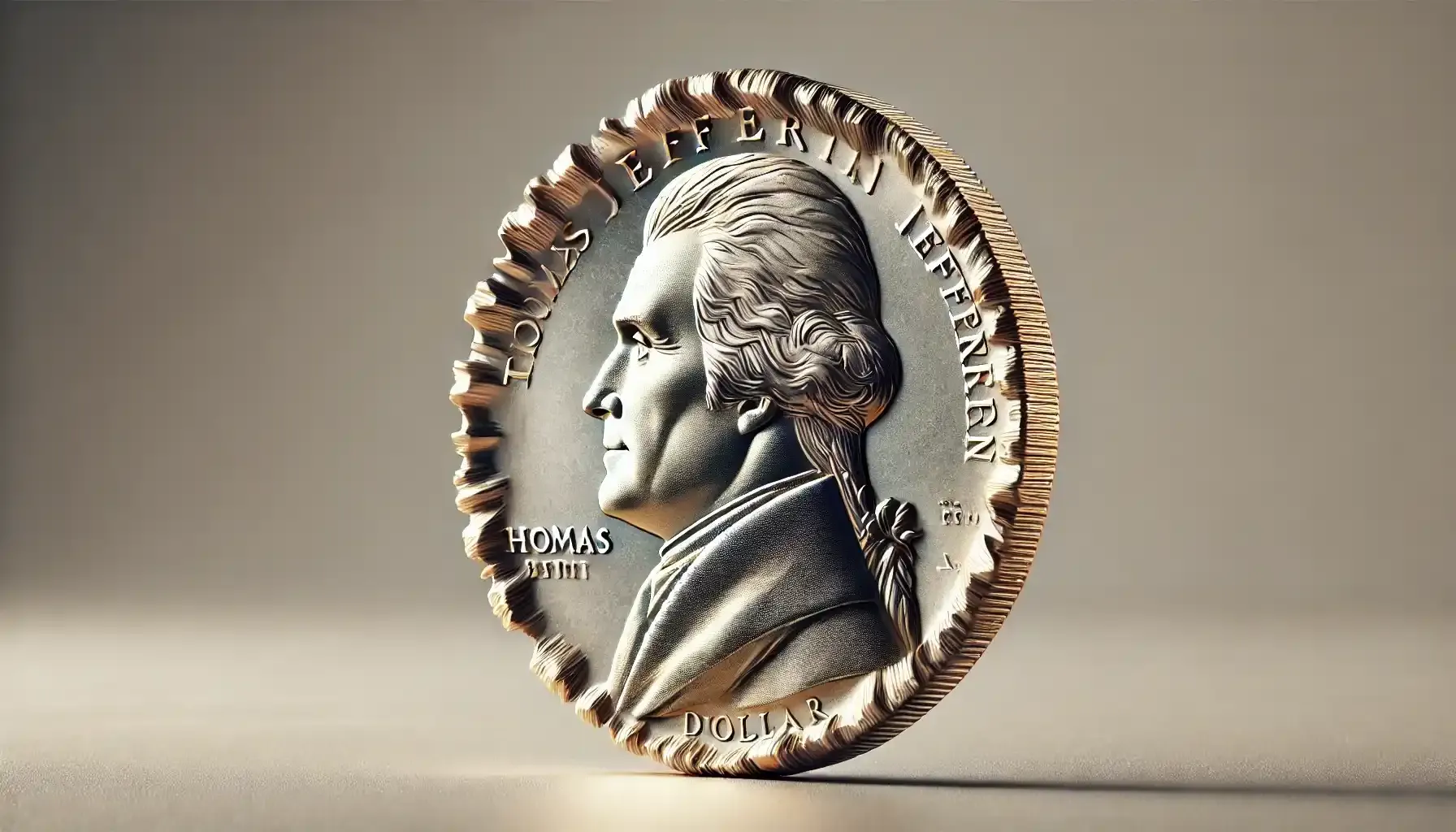
By the way, what about the 1801 to 1809 dollar coin worth?..
Thomas Jefferson 1801 to 1809 Coin Value
When thinking about such a great option to incorporate into the collection, Thomas Jefferson 1801 to 1809 dollar coin value is the first aspect that mainly depends on the condition of the instance and rarity. While it is not classified as a rare numismatic item, its cultural significance remains substantial due to the history of the titled hero. You can try to find out its worth in the official Blue Book of coins. But now, let us briefly discuss it together.
Face Value vs. Collector Value
Thomas Jefferson dollar coin value is different when it comes to face and collector value at the same time. As part of the Presidential $1 Coin Program, the coin was meant for wide circulation and has a face value of $1. The price of such instances stays near face value for the majority of samples that are distributed.
Uncirculated and Proof Coins
While uncirculated samples, i.e., instances in perfect condition, range in value from $2 to $5, depending on demand, proof coins, which have a polished appearance and are specially produced for collectors, can sell for $6 to $10 or even more. The prices, however, do differ based on the condition and demand.
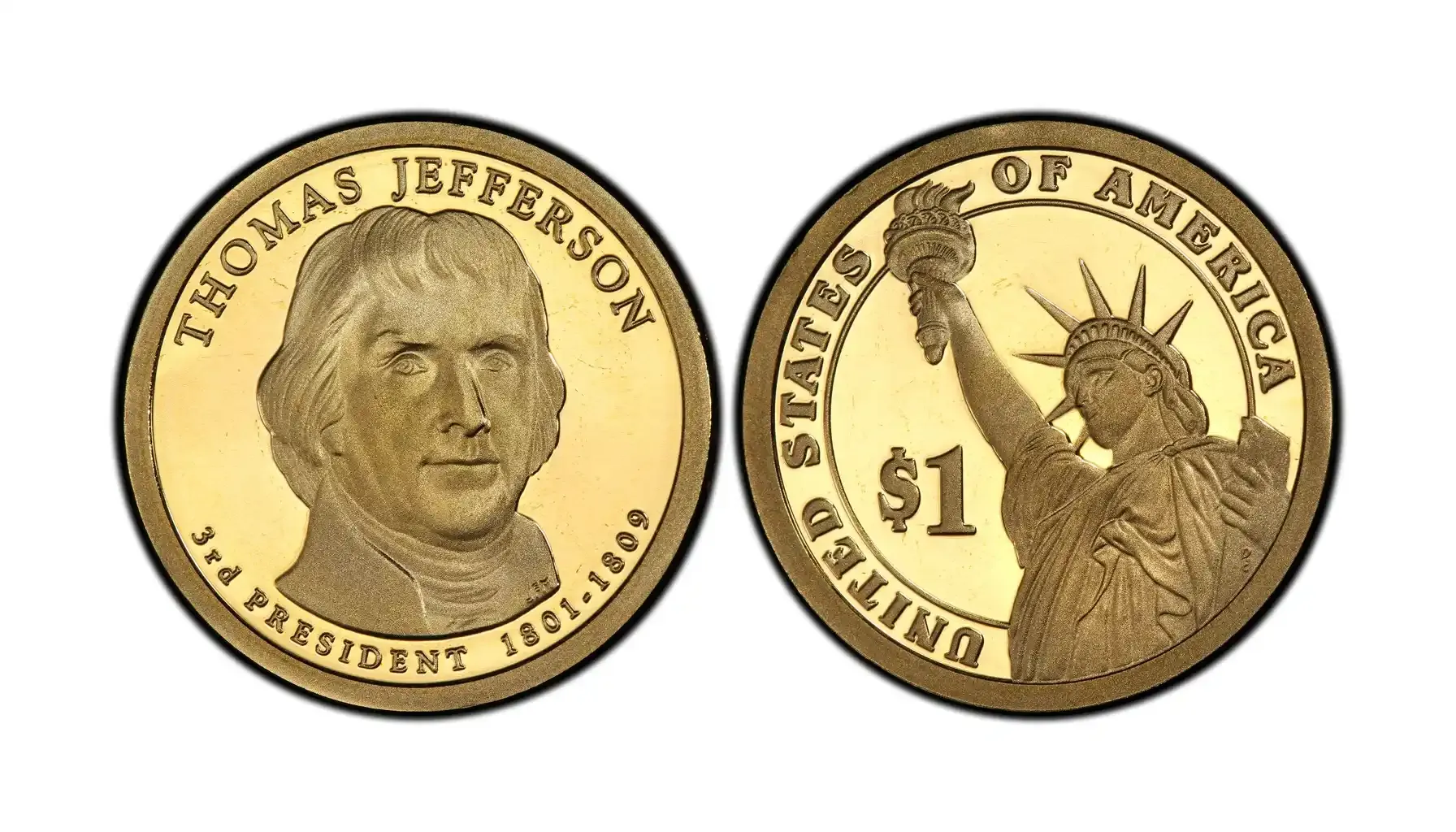
Error Coins
Error coins, such as those mentioned before, usually become the target for collectors who strive to obtain the most peculiar example ever. This is exactly why these can fetch much higher prices than other types. Missing Edge Lettering instances, for example, can be estimated at $20 to $50. Other specials can result in even higher rates, though.
Condition and Grading
Higher-grade examples always boost the coin's value. Examples graded MS-65 or higher (i.e., Mint State in other words) by reputable grading agencies like PCGS or NGC can be for $5 to $20. Still 20 times as valuable as the original coin itself. Those creations with nearly perfect proof can sell for $15 to $50 or more.
The coins issued under the name of Thomas Jefferson are surely popular among collectors, though the presidential program does not seem to be exceptionally valuable in terms of its materialistic side. Nevertheless, history knows that coins become more precious over time, so never neglect those items for which time has not come yet.


